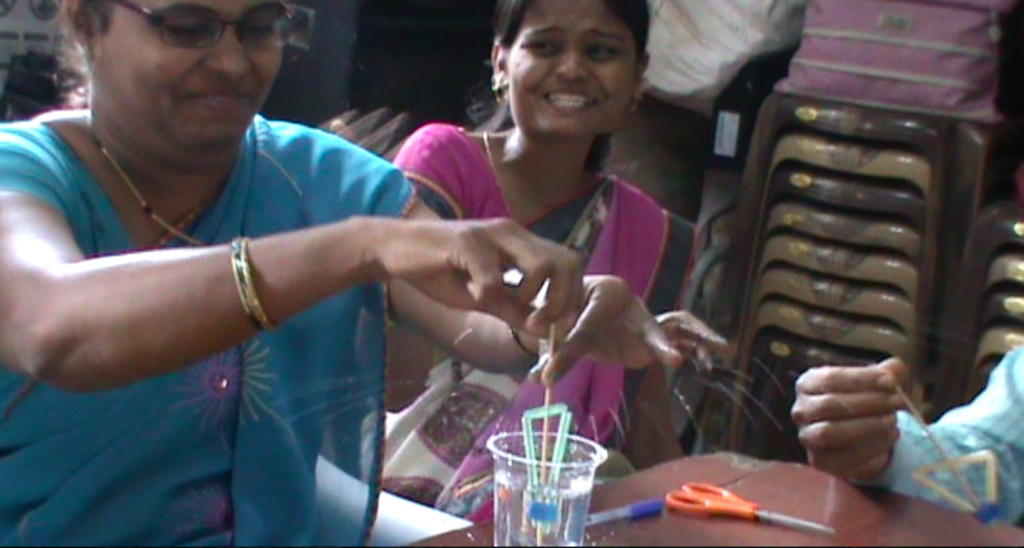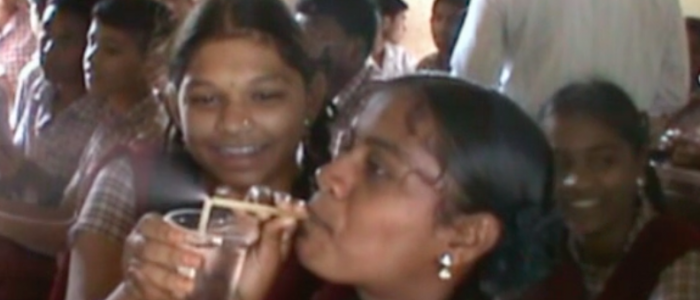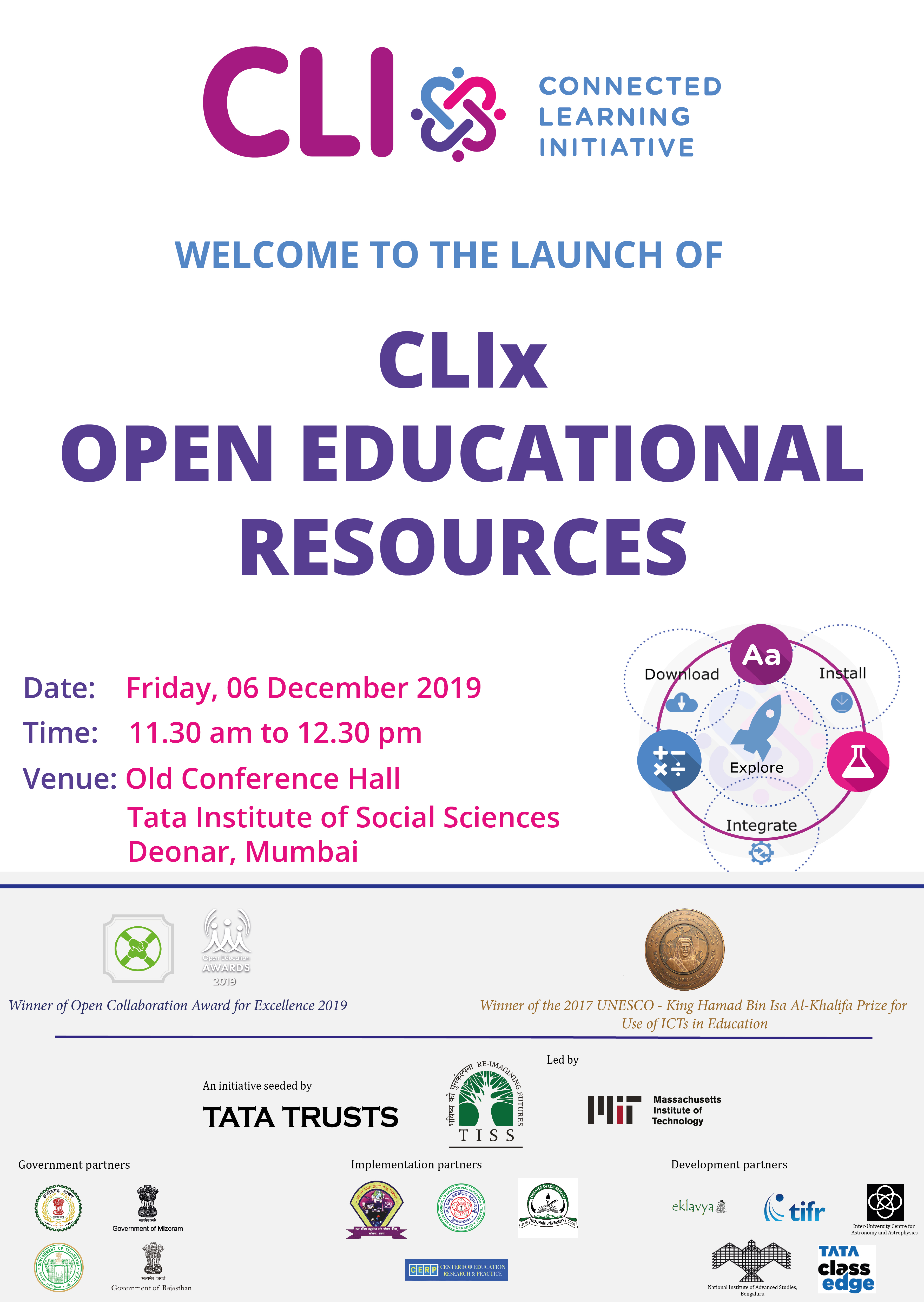Toy Story: It’s the Principle of the Thing
One criticism about learning from ICT (Information Communication Technology) is that while it can provide a host of information, it offers little scope for hands-on learning that nurtures problem-solving and creativity. CLIX’s stand-alone ‘Toy Making’ module uses e-resources in ways that encourage teachers and learners to be more active. Arvind Gupta and his team, working at Inter-University Centre for Astronomy and Astrophysics (IUCAA), Pune, have produced videos (available at arvindguptatoys.com) on how to make toys using easily available material – straws, wool, matchsticks, etc. Besides being utter fun, these toys demonstrate a number of fundamental scientific principles.
We have carefully chosen a set of toys from the existing bank, and created worksheets to help teachers explore the underlying science. We recently tried out two of the four activities comprising this module with teachers in two rural schools in Maharashtra. The teachers watched the videos, made the toys, attempted the worksheets, then used the toys as teaching aids in the classroom.
First, they made three toys using plastic straws: a sprinkler, which works on the principle of centrifugal force; a spray that demonstrates fluid dynamics using Bernoulli’s principle; a flute showing how pitch changes as the length of the vibrating air column changes. In the second activity, they built a pencil stand using magnets, in which the pencil remains suspended just from its tip. The teachers discussed the making of the toys with one another, then showed students working in pairs how to make them, while explaining the scientific principles involved.

A teacher tests her sprinkler
Through such exercises, teachers learn to: use the internet as a learning resource; collaborate with other teachers; manage a non-conventional classroom in which their role changes from transmitter of information to facilitator; trust students to learn on their own. The students were thoroughly absorbed in getting their toys right!





Comments are closed.